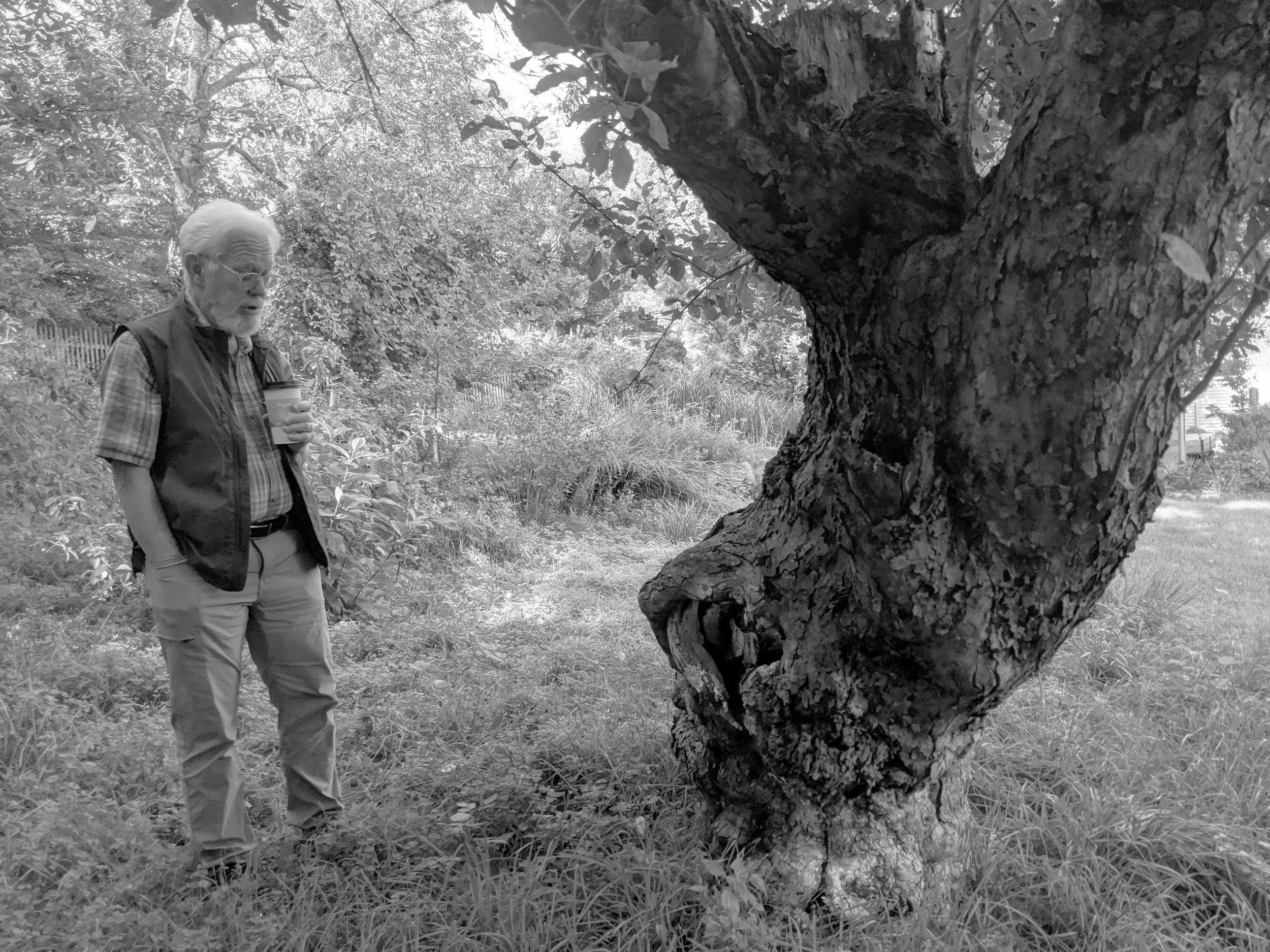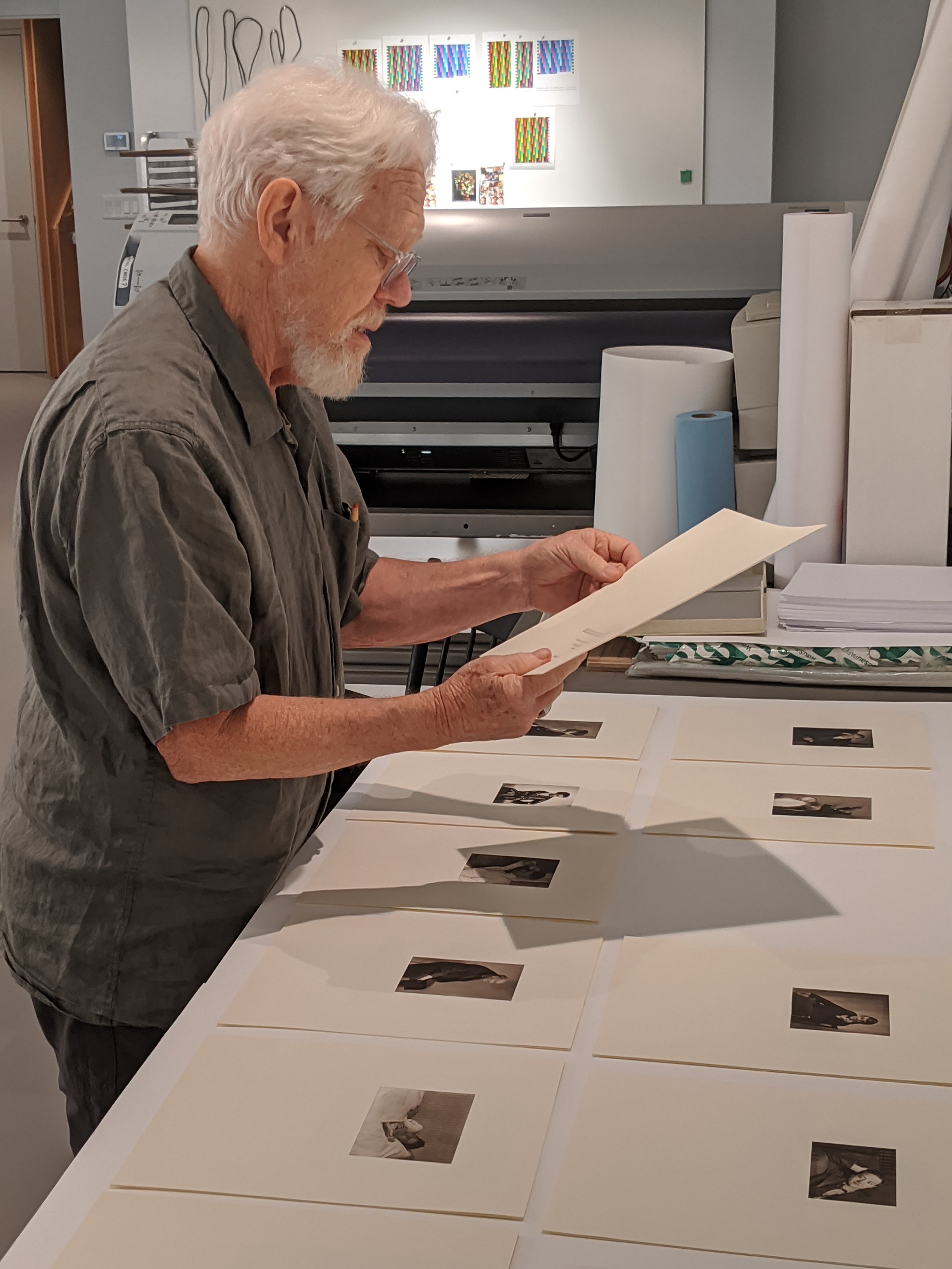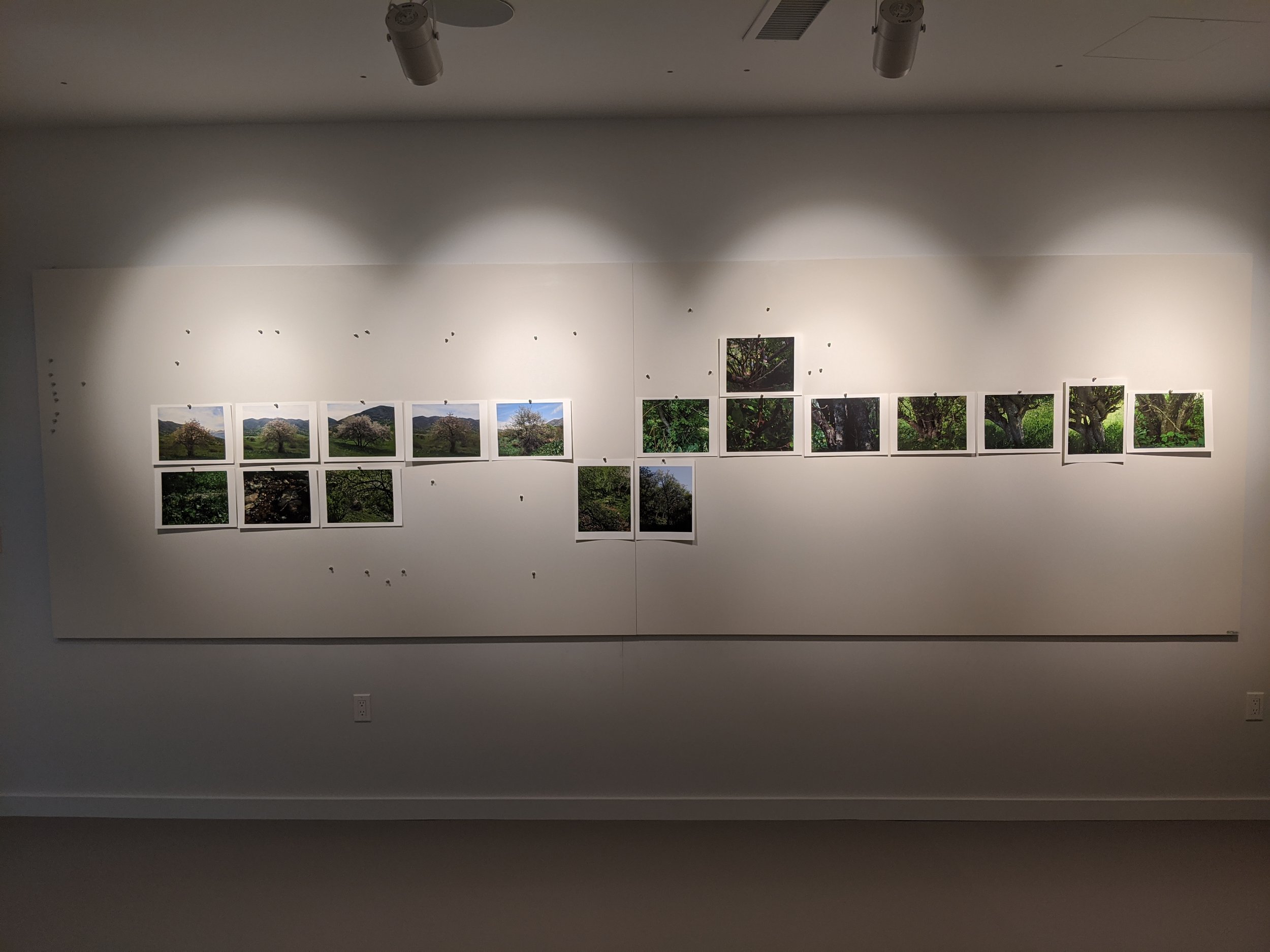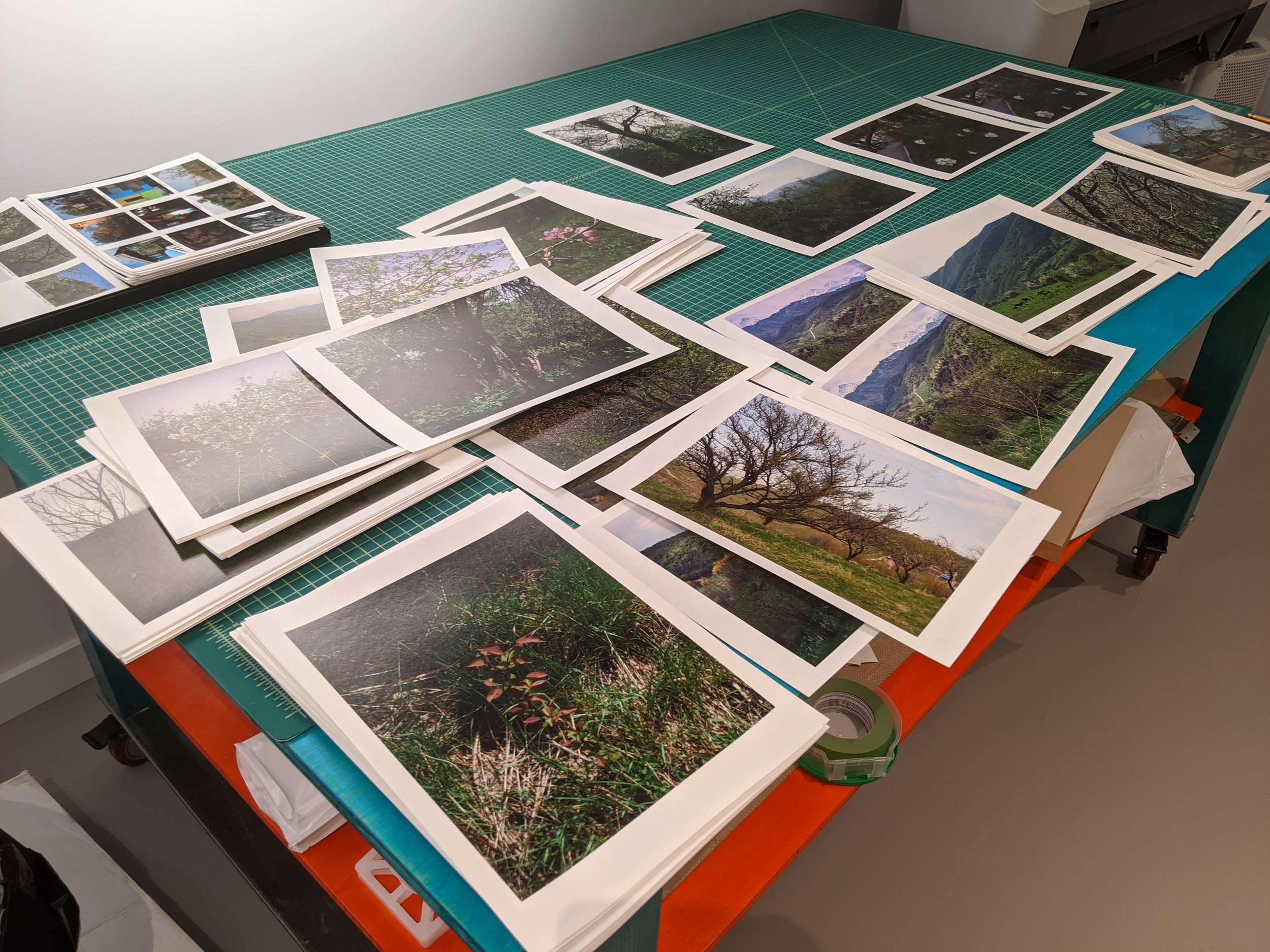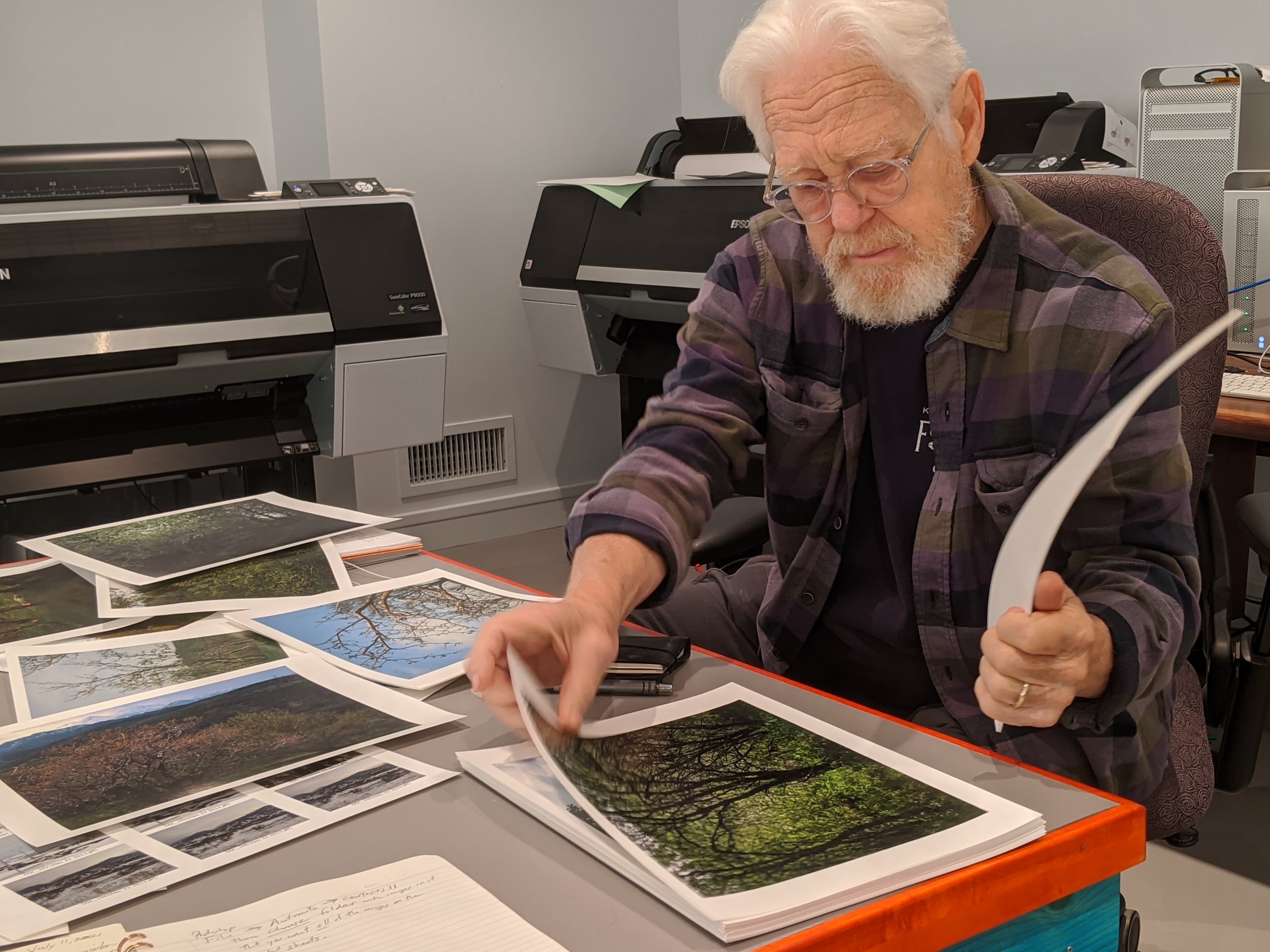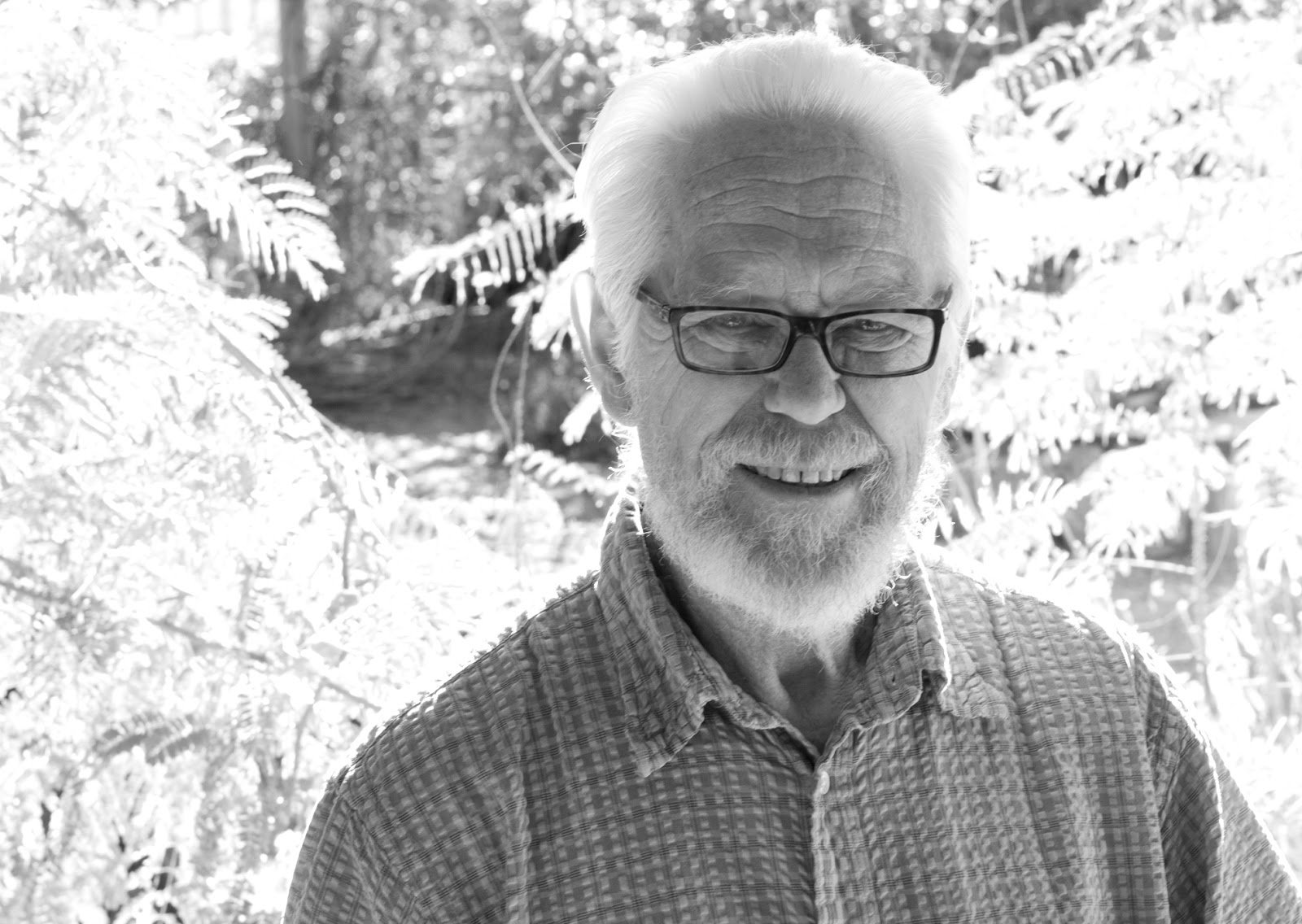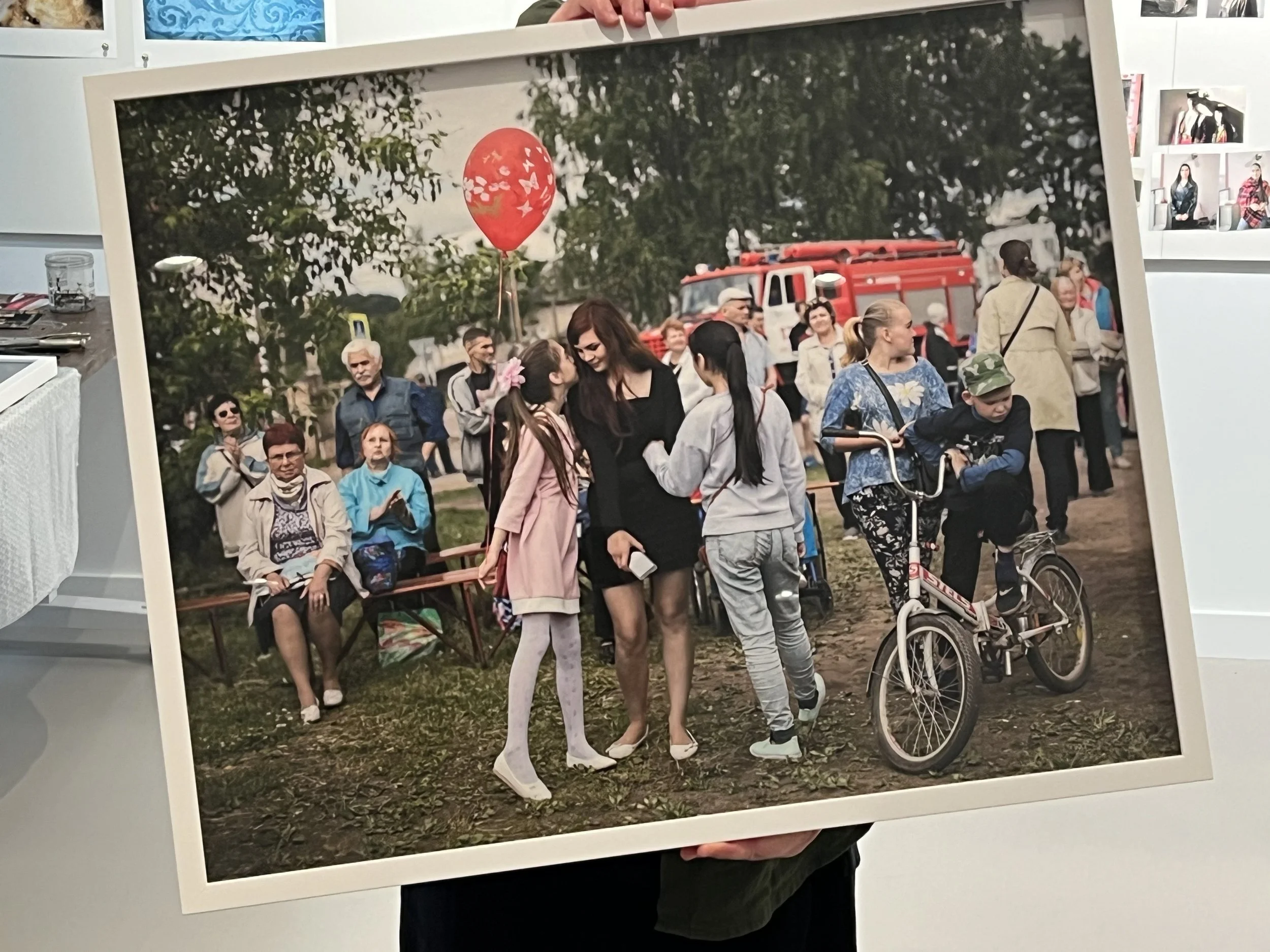Frank Gohlke
Frank Gohlke (b. 1942) was raised in Wichita Falls, Texas. He received a B.A. in English Literature from the University of Texas at Austin in 1964 and an M.A. in English Literature from Yale University in 1966. While at Yale, Gohlke met photographer Walker Evans, and in 1967 and 1968 he studied with the landscape photographer Paul Caponigro.
Between 1971 and 1987, Gohlke lived in Minneapolis, moving to Southborough, Massachusetts, and eventually to Tucson, Arizona where he is now based as the first Laureate Professor at the University of Arizona School of Art and The Center for Creative Photography.
Gohlke is the recipient of many honors awards including two Guggenheim fellowships, two grants from the National Endowment for the Arts, and a Fulbright Research Grant to photograph in Kazakhstan (2013-2014).
He has published several books, recently: Frank Gohlke, Joel Sternfeld: Landscape as Longing: Queens, NY (2018); Speeding Trucks and Other Follies (2017); Measure of Emptiness: Grain Elevators in the American Landscape (1992, 2020); Thoughts on Landscape: Frank Gohlke, Collected Writings and Interviews, (2009); Mount Saint Helens: 1981-1990, and Accommodating Nature: The Photography of Frank Gohlke (2007).
In 1975, Gohlke was included in the influential exhibition, New Topographics: Photographs of the Man-Altered Landscape, organized by the International Museum of Photography at the George Eastman House. Frank Gohlke’s photographs are in the collections of public institutions such as: The Museum of Modern Art, New York; the Metropolitan Museum of Art, New York; International Museum of Photography at the George Eastman House, Rochester, NY; Art Institute of Chicago; the Canadian Center for Architecture; the Amon Carter Museum, Fort Worth; the Center for Creative Photography, Tucson; and the Walker Art Center, Minneapolis.
View of Mount St. Helens From Vicinity of Spud Mountain, Six Miles West of Mount St Helens, Washington, 1982, Photographic silverprint
Artist Statement
Wind, water, and molten rock constantly tear apart and resculpt the natural world we live in, and people have always struggled to create structures that will permanently establish their existence on the land. Frank Golhke has committed his camera lens to documenting that fraught relationship between people and place. Gohlke has long been concerned with landscapes in states of transformation, often returning to his sites over periods of years, as with his Mount St. Helens photographs or his series documenting the after-effects of the 1979 tornado that ravaged his hometown of Wichita Falls, TX.
Across Gohlke’s oeuvre, geographical features and meteorological phenomena alike are treated as rich texts that reward the careful observer with glimpses of their history. He has no aversion toward including sublime elements in his photographs; indeed his project could not sustain itself without them. His investigation of human activities within the landscape would be incomplete without giving equal expression to the forces in defiance of which they persist.
At Tusen Takk
Frank printed a body of work of great personal significance to him. In fall 2013, Gohlke traveled to Kazakhstan on a Fulbright fellowship to explore the wild apple forests surrounding the city of Almaty. This region, known locally as “The Father of Apples,” is the birthplace of the ubiquitous fruit and a wellspring of biodiversity, rapidly disappearing in the face of expanding agricultural and residential development. Biologists believe that domestic apples are descendants of Malus sieversii, the primary species of apple that grows in these ancient fruit forests of the Tian Shan mountains. Frank photographed the last remnants of the wild forests which once blanketed the east of Kazakhstan from north to south and at Tusen Takk, found the time to print that work.
Apple trees in the Tian Shan mountains of Kazakhstan
Related News

